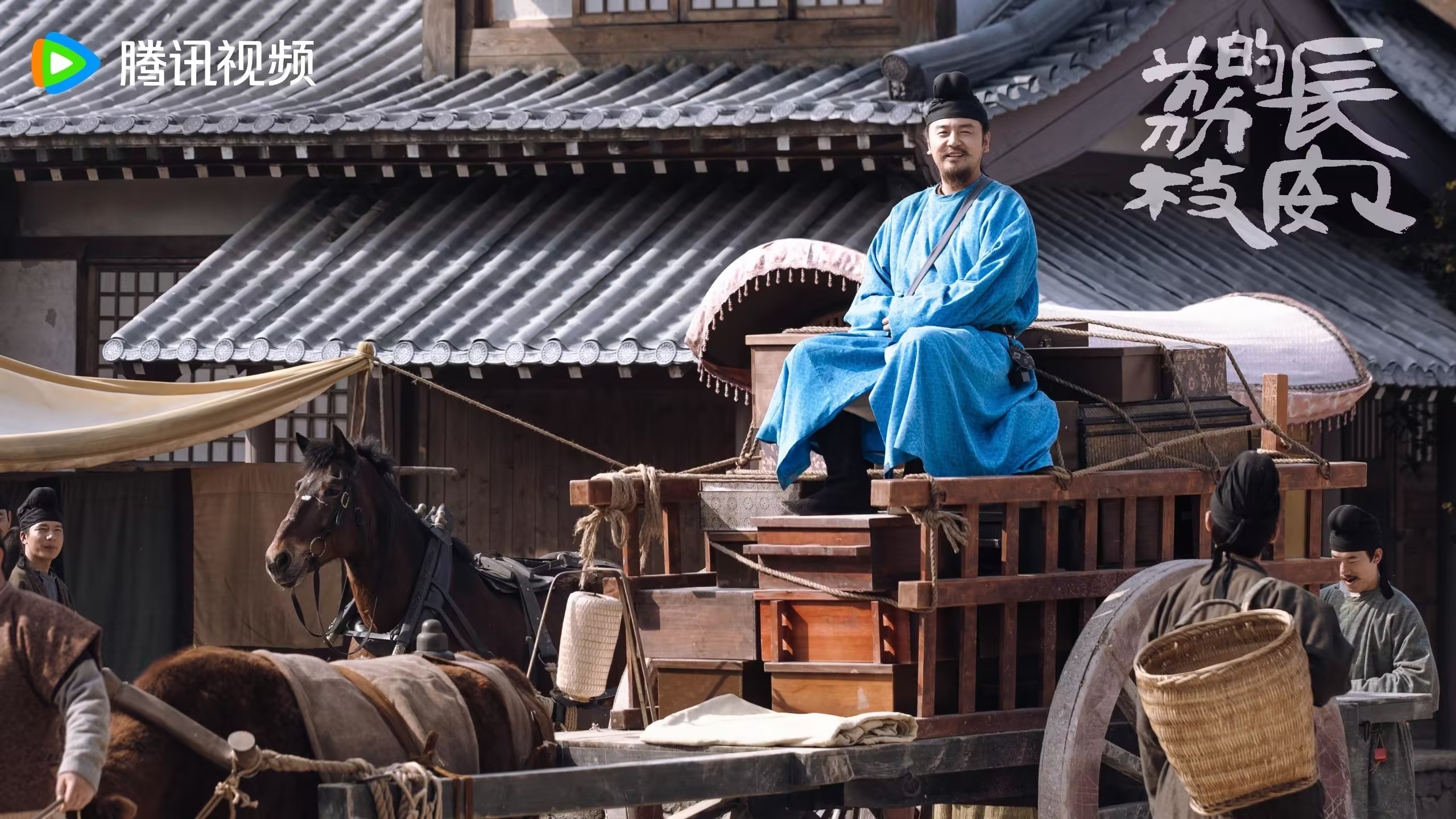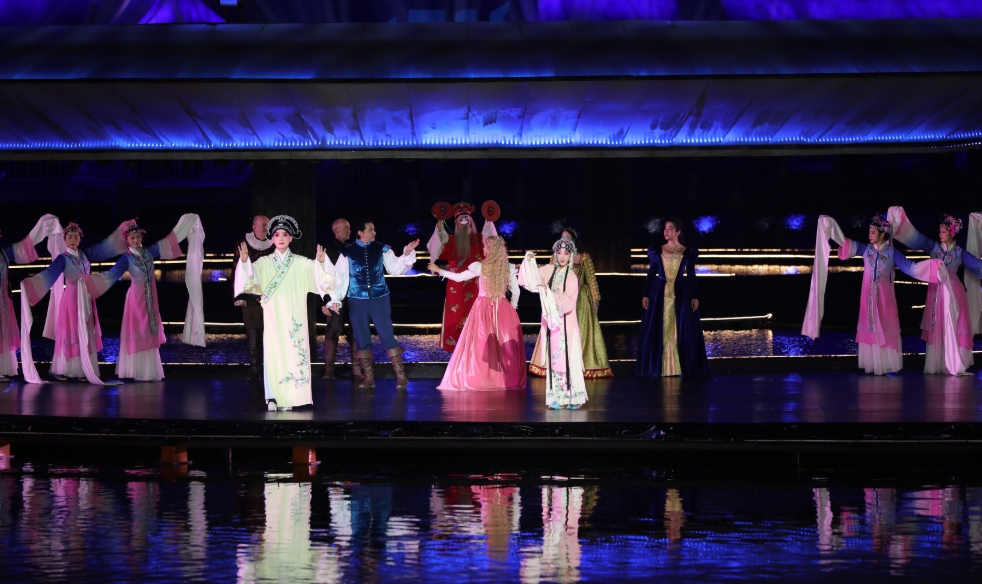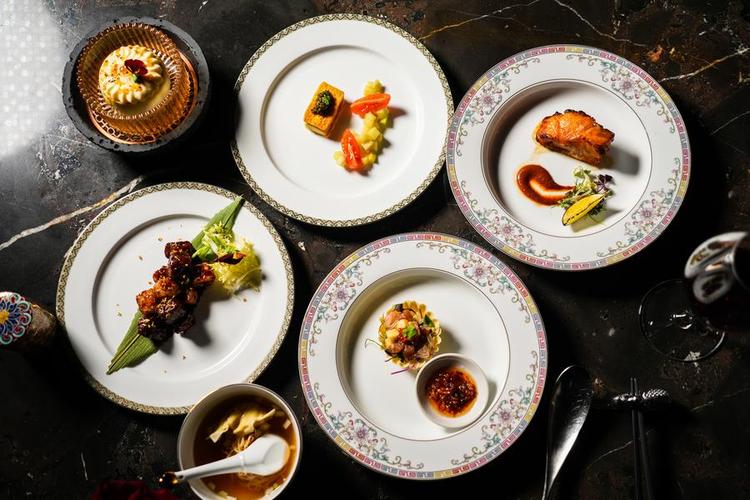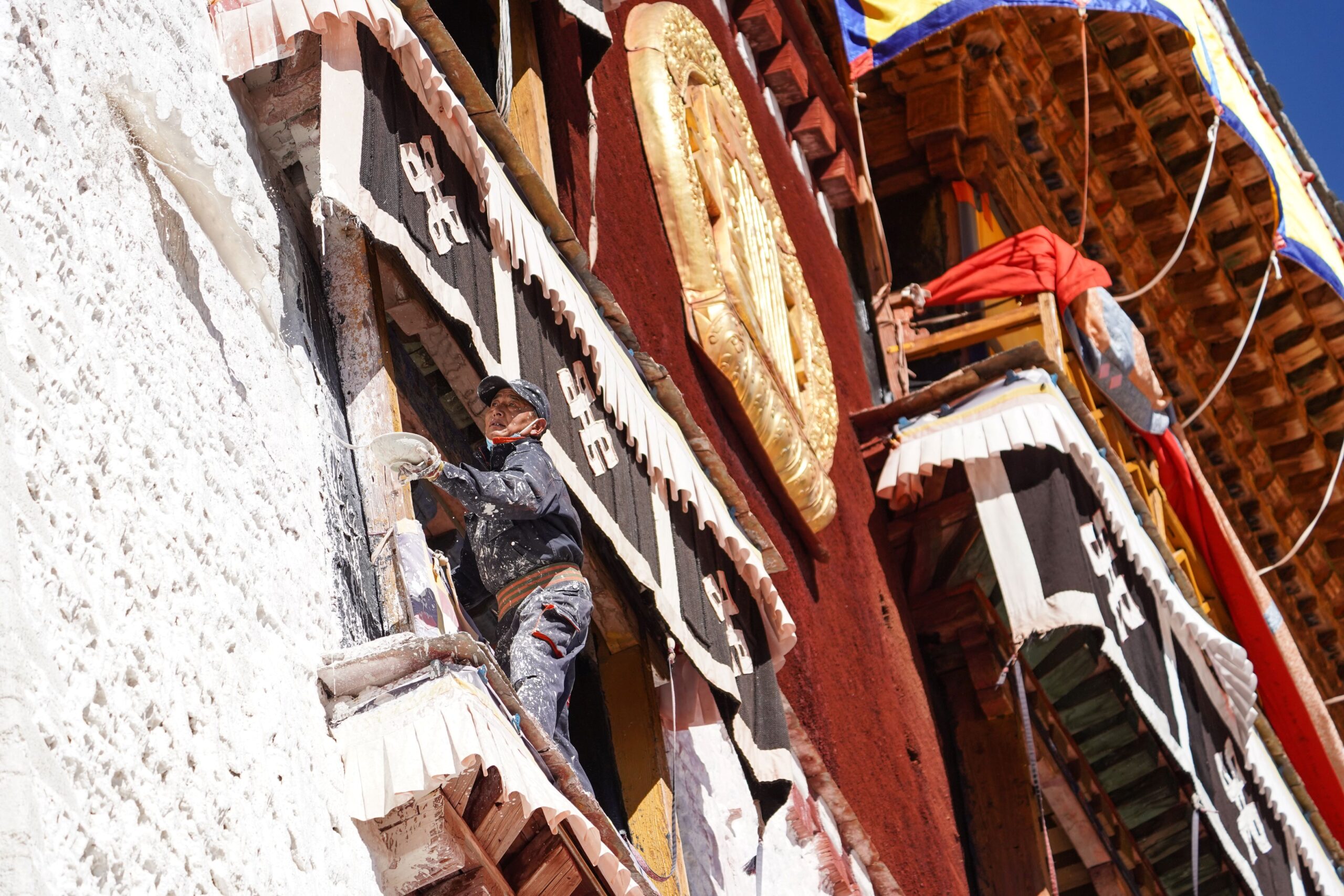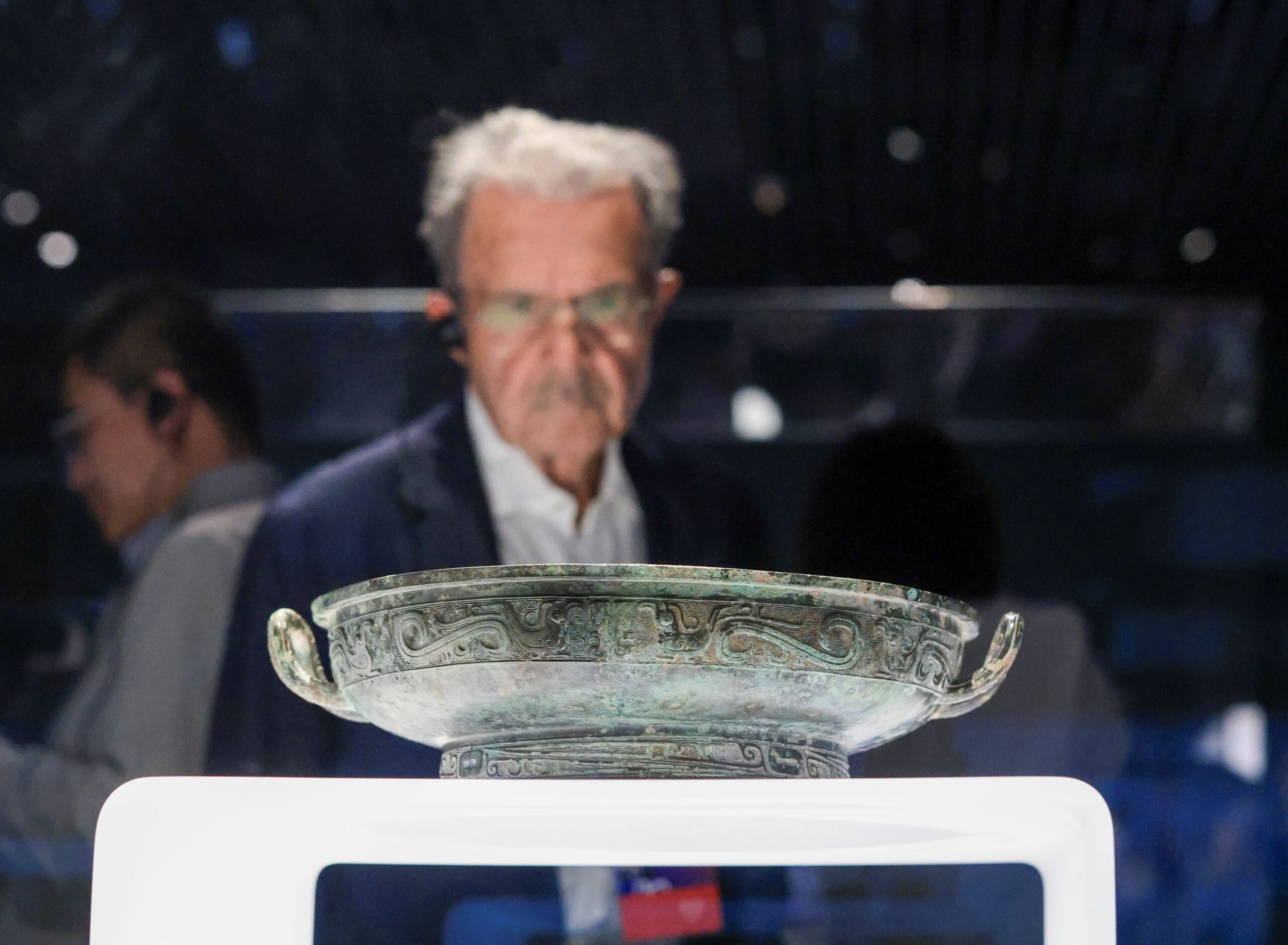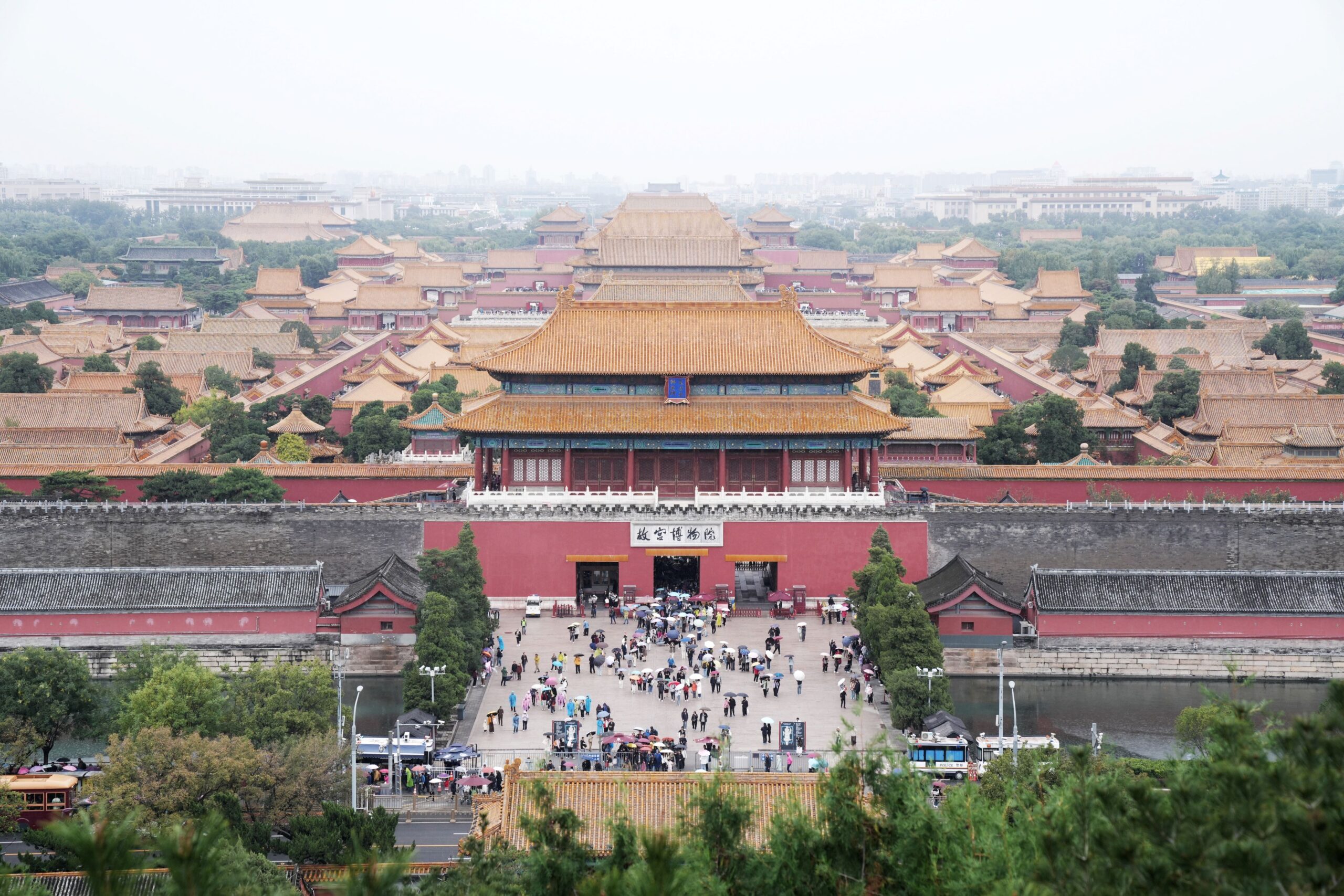The Chinese drama The Litchi Road (《长安的荔枝》) has become a surprise hit this summer. One unexpected star has captured viewers’ imagination — the lychee.
You may recall the famous Tang poem by Du Mu: “A steed which raised red dust won the fair mistress’s smiles, How many steeds which brought her fruit died on the run(一骑红尘妃子笑,无人知是荔枝来).”
This vivid image isn’t just poetry — it’s based on real history. During the Tang Dynasty, fresh lychees were delivered from southern China to the capital, Chang’an (now Xi’an, Shaanxi), using a vast relay courier system known as the Yizhan system — one of the world’s earliest large-scale logistics networks.
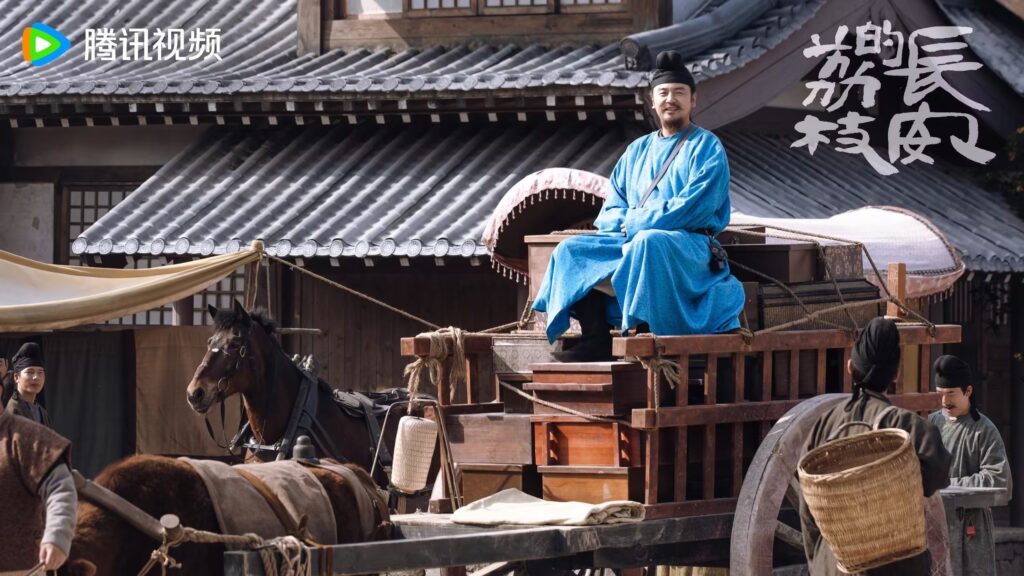
More Than Messages: The Ancient Delivery Network
The Yizhan system was mainly used for sending official documents and military messages. But it also played a key role in transporting goods, especially precious food like lychees.
Lychees are delicious but spoil quickly. The journey from the south to Chang’an covered nearly 5,000 li (about 1,600 km). The official courier speed was about 500 li (160 km) per day. But Emperor Xuanzong didn’t settle for official speeds — he ordered riders and horses to race day and night, switching quickly at relay stations. They often covered more than 500 li per day.
Speed was only half the challenge. Keeping the lychees fresh was equally important.
The ancient Chinese had clever preservation methods. Poet Du Fu mentioned one: sealing fresh fruit inside empty bamboo tubes. This limited oxygen and slowed the fruit’s metabolism, keeping it fresh longer. The hard bamboo also protected lychees from being crushed during transport.
Xuanzong and Yang Guifei weren’t the first to use this kind of express delivery. Historical records from the Later Han Dynasty show that lychees and longans were delivered fresh to the capital using relay riders. The trip was so tough that many couriers died along the way.
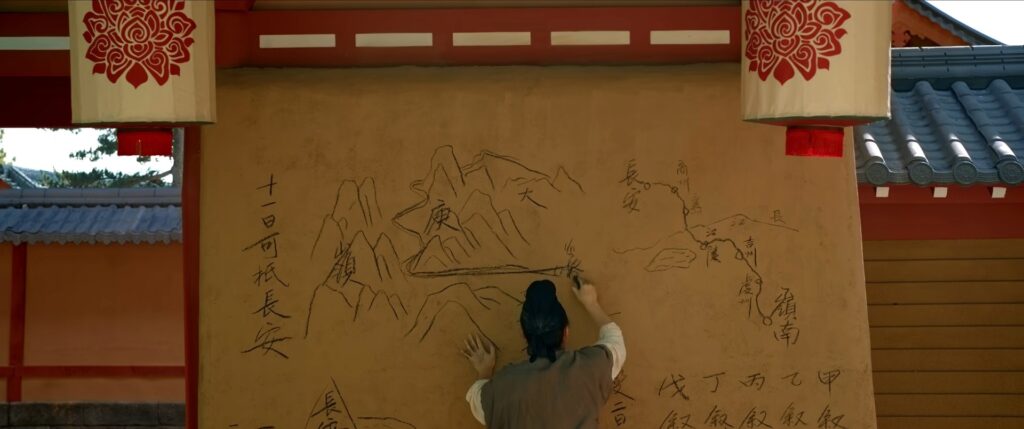
Beyond Lychees: Live Crabs and More
The courier system wasn’t just for fruit. In the Tang Dynasty, fresh crabs from Pingyuan (modern Shandong) were famous. Local people caught these crabs by breaking the ice and using bait at night. The crabs were worth a fortune — some priced at 100 gold coins each.
To deliver live crabs to the emperor, locals wrapped them in felt and hurried them by horse to the capital.
These stories show how advanced and organised Tang’s courier and logistics systems were. They moved not only messages but also precious goods quickly across vast distances, with smart preservation techniques and nonstop relay riders.
If you liked this article, why not read: China’s Online Literature Expands Overseas Readers

